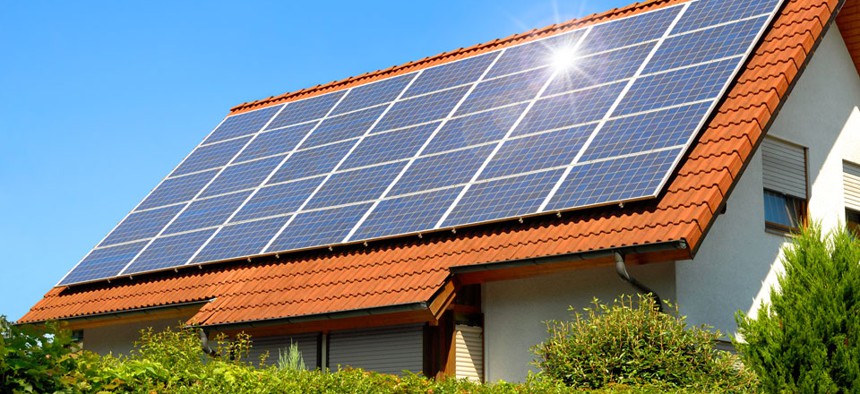Hippies and Libertarians Have Become Unlikely Allies in a War Against Solar Power

Smileus/Shutterstock.com
The strongest responses to tightening the screws on solar aren’t only coming from the traditional green community.
A weird thing is happening with solar power. For years derided as a sideshow energy source that was only for environmentalists, solar is now being seen as an imminent threat to both the mainline energy industry and at least one national economy. As a result, those harmless people with the shiny panels on their rooftops are suddenly being seen as dangerous freeloaders and, in some potential bellwether cases, are being threatened with punitive taxes to dissuade them from their pursuit of self-generated power from a renewable resource: the Sun.
But the strongest responses to tightening the screws on solar aren’t only coming from the traditional green community: a populist pro-solar resistance may be taking root, seeing independent power generation as a right. As a result, the shape of the future pro-solar, even pro-innovation coalitions, could be anyone’s guess.
The story begins in Spain in 2007, when, despite its many other economic woes, it was seen as a shining story of solar energy success. And why not? Parts of southern Spain see nearly 3,000 hours of sunshine per year, even more than US hot-spots like Dallas and Atlanta. The stuff literally falls from the sky. While industries like tourism or agriculture fluctuate with economies, most of the time the Sun just shines. With an infinite resource and plenty of open space, solar seemed like a great bet for Spain.
In the late 2000s, hoping to get a jump on the potential growth industry, the Spanish government saw Chinese production come online and the price of solar panels falling, and began looking for ways to encourage people to install panels on homes and businesses. To create a strong incentive to make the investments, the government increased the price it paid solar power users for selling excess power back to the grid. The price paid for solar was jacked up to €444 ($592) per megawatt hour, compared to around €39 ($52) per megawatt hour paid to utilities for conventional electricity generation via coal or natural gas.
(Image via Smileus/Shutterstock.com)





